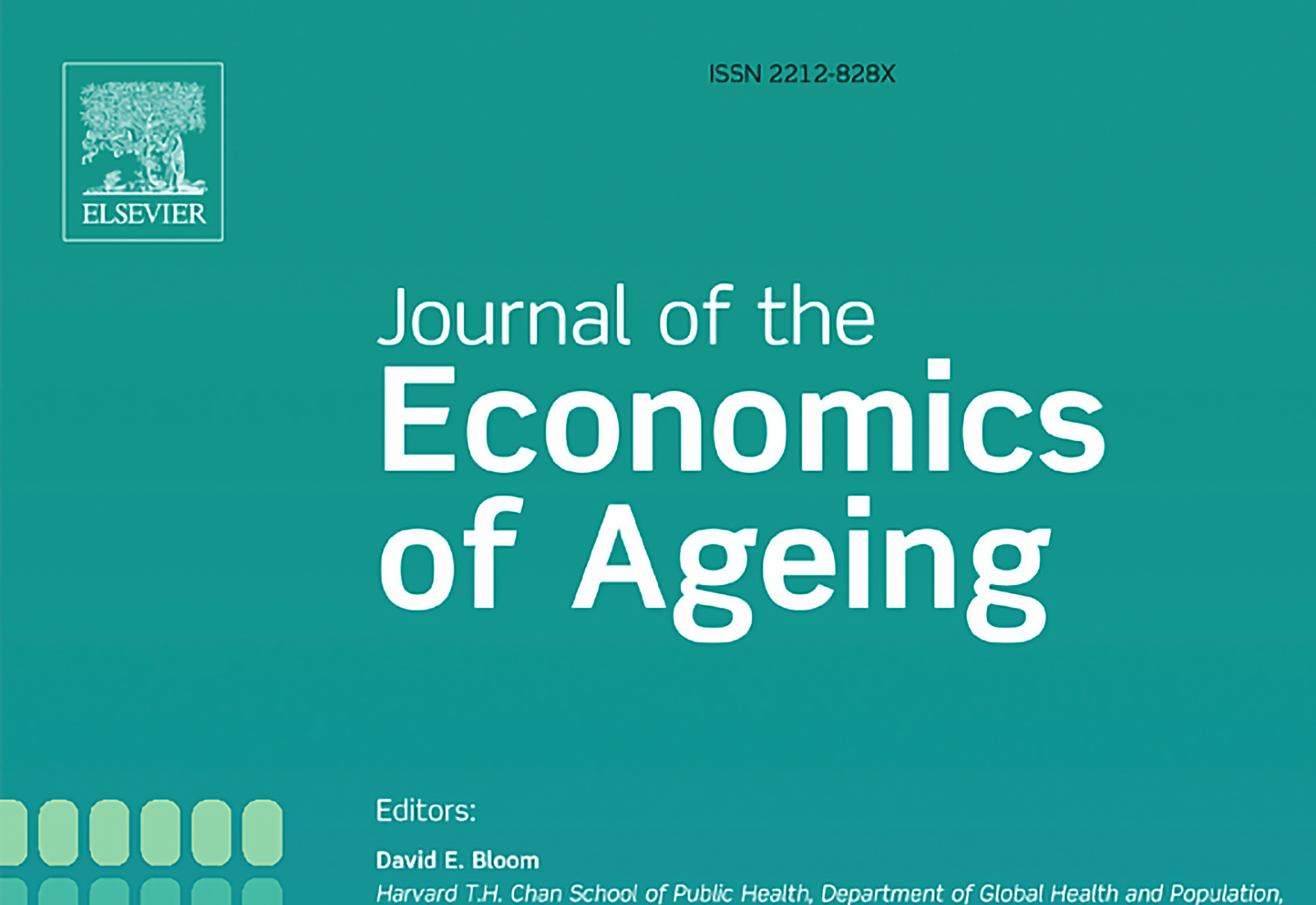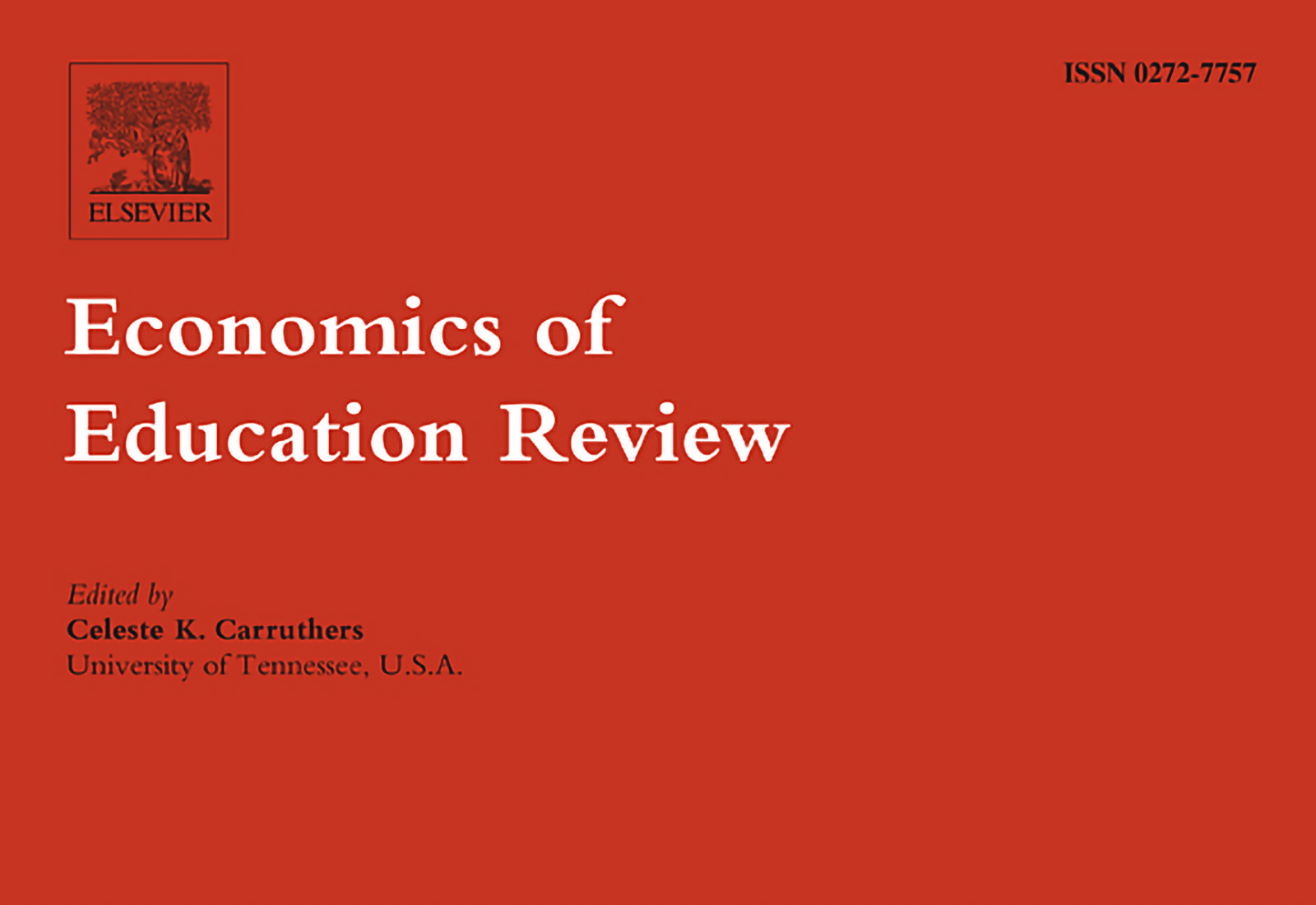Long-run rural livelihood diversification in Kagera
Abstract
What drives livelihood diversification among rural households in developing countries and how can welfare-enhancing patterns be established and sustained in the long run? The large literature on whether income diversification is a means of survival or a means of accumulation remains inconclusive. The authors first test the survival versus accumulation hypothesis using a panel of households in Tanzania from the 1990s. They then verify whether the underlying pattern is sustained in the longer run (2004) while also studying the role of infrastructural improvements and entry into new income-generation activities. Their results support the accumulation hypothesis, namely the greater income diversification among richer households, in both the 1990s and 2004. At the same time, households that started poorer are found to improve their income status by diversifying into off-farm self-employment activities. Factors that explain these improvements include access to a daily market and public transport.
Publication Information
Dimova, R., Halvorsen, S.K., Nyyssölä, M., & Sen, K. (2024), Long-run rural livelihood diversification in Kagera. In Morrissey, O., Semboja, J., & Were, M. (eds.), Sustaining Tanzania’s Economic Development, Oxford University Press.
- ISBN: 9780192885746, 9780191980817 (Online)
- Publication in PDF-format

- Milla Nyyssölä
- Chief Researcher
- Tel. +358-45 7750 2062
- milla.nyyssola@labore.fi
- Profile


